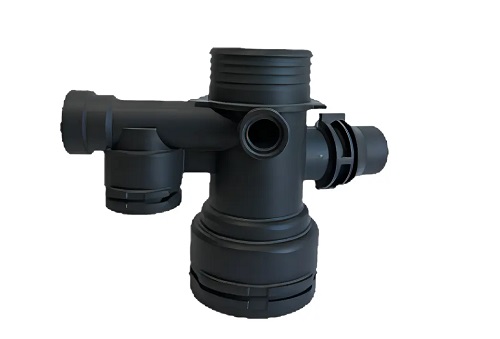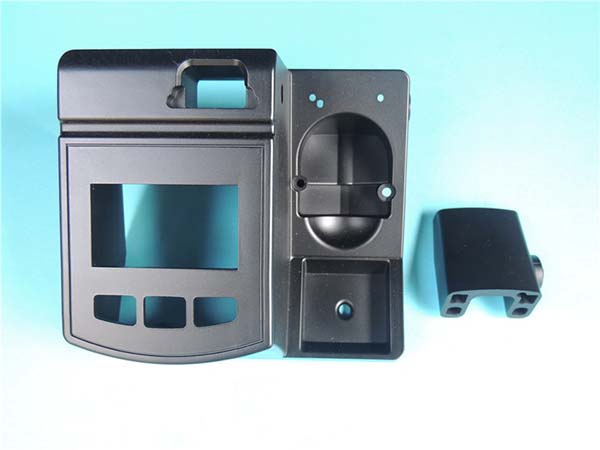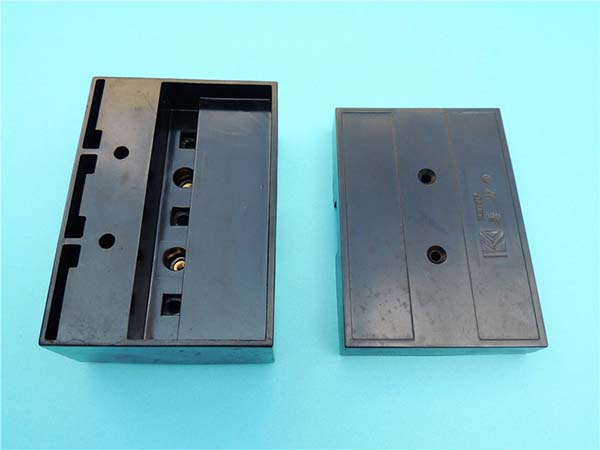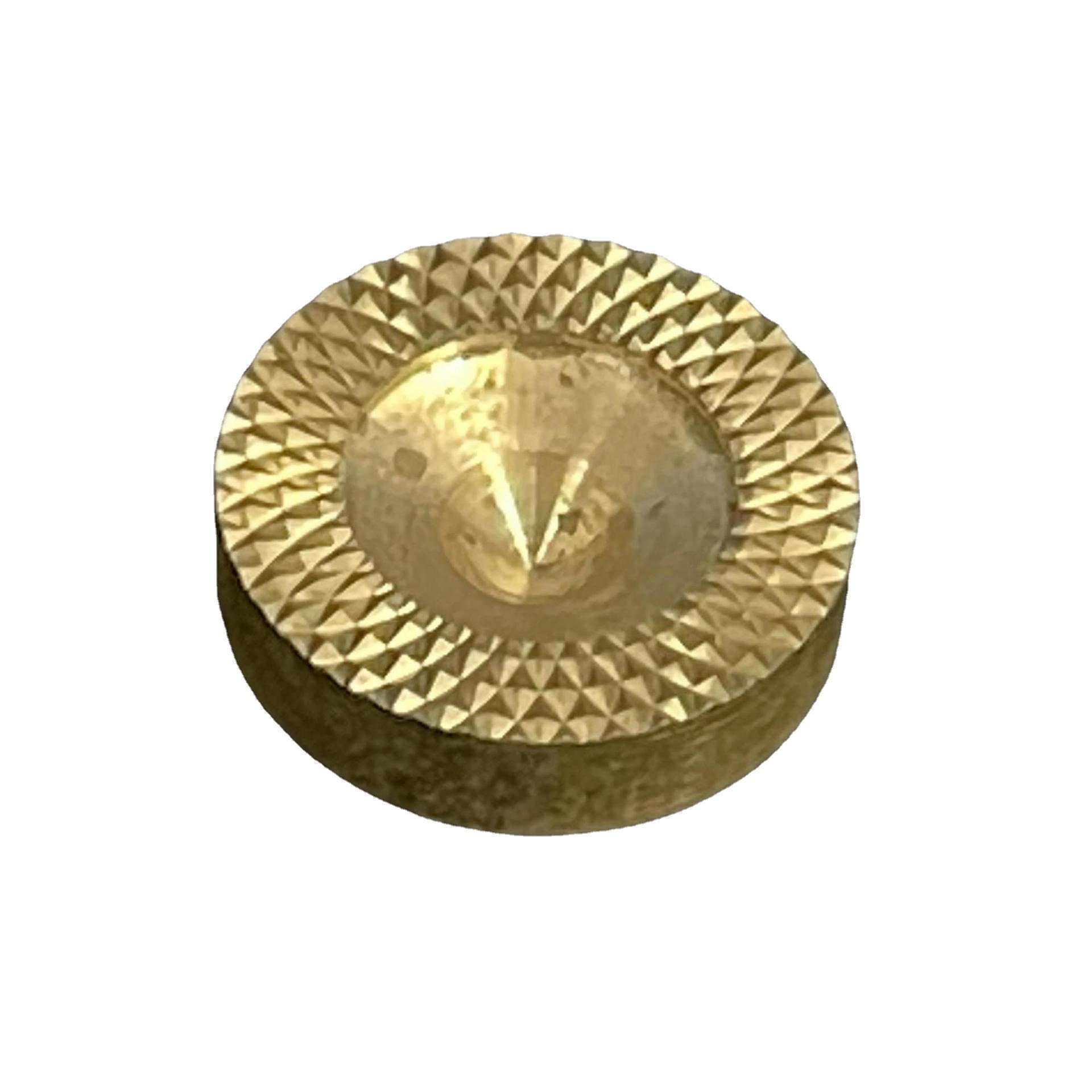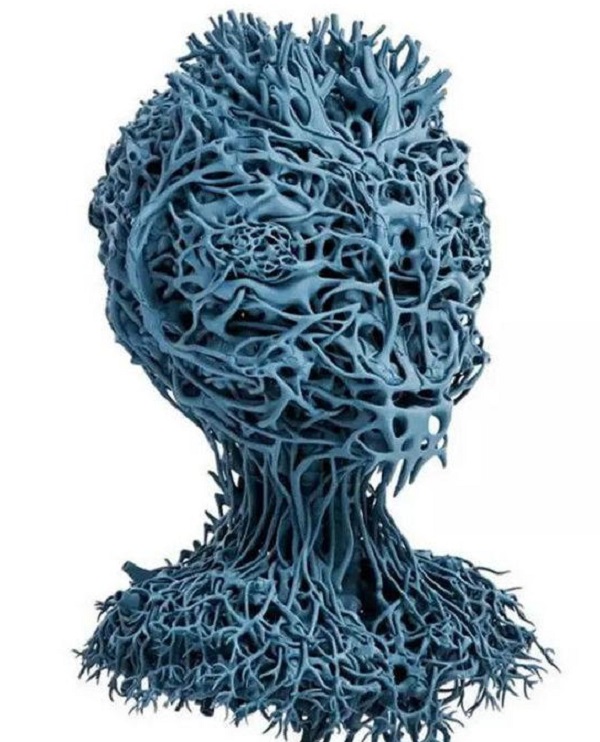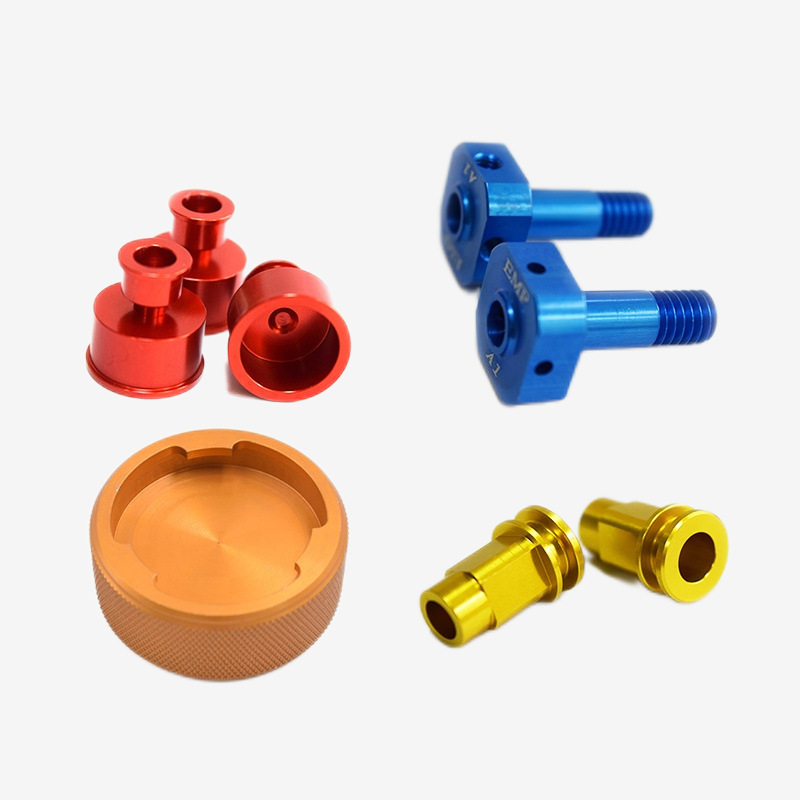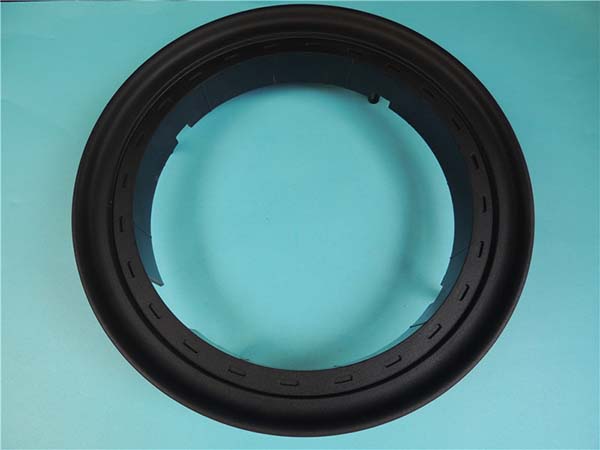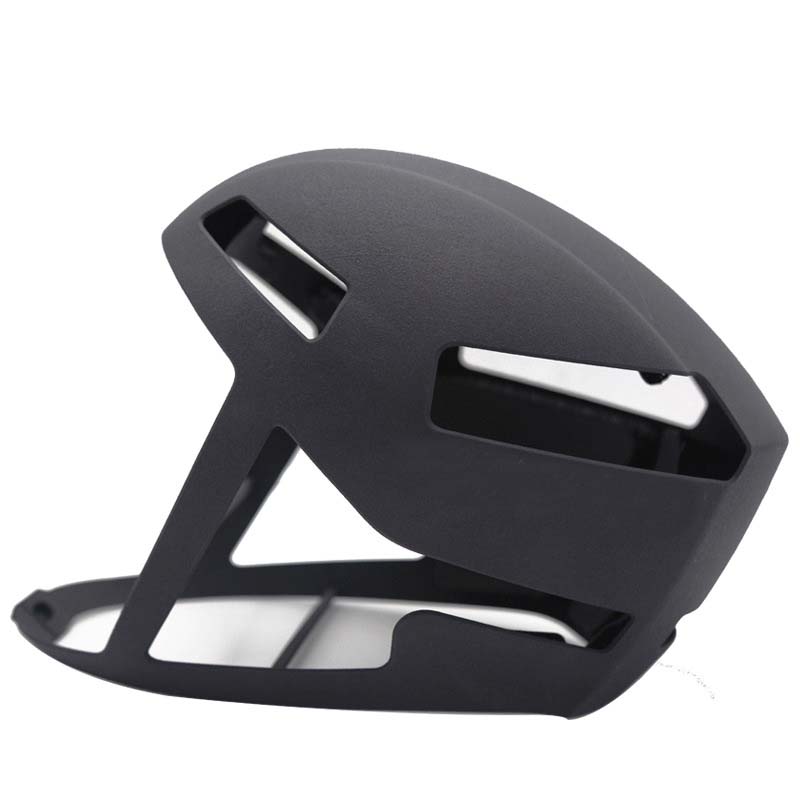1. Introduction: The 3D Printing Takeover in Bicycle Manufacturing
The bicycle industry is undergoing a transformative shift with the integration of 3D printing, a technology that bridges innovation and practicality. By enabling unprecedented design freedom and material efficiency, 3D printing is no longer limited to prototyping; it’s now a core manufacturing solution for everything from custom bike frames to high - performance components. Industry analysts project that the global market for 3D - printed bike parts will grow at a CAGR of 22% through 2028, driven by demands for lightweight designs, rapid customization, and sustainable production (SmarTech Analysis, 2024). This article explores how 3D printing is revolutionizing bike parts, from technical foundations to real - world applications, and provides actionable insights for engineers and manufacturers.
3D printing, also known as additive manufacturing, offers a radical departure from these traditional approaches. Instead of subtracting material (as in machining) or shaping it through molds (as in casting), 3D printing builds objects layer by layer from a digital model. This fundamental difference unlocks a host of advantages that are reshaping the bicycle parts market.
2. The Technical Arsenal: 3D Printing Technologies for Bike Parts
2.1 Core 3D Printing Methods for Bicycle Components
3D printing offers a range of technologies, each tailored to specific material and design needs in bike manufacturing:
| Technology | Working Principle | Material Compatibility | Precision (Layer Thickness) | Ideal for |
| Fused Deposition Modeling (FDM) | Melts thermoplastic filaments (PLA, ABS, nylon) and extrudes layer - by - layer. | Plastics, carbon - fiber composites | 50–400μm | Prototyping handlebars, saddles, and low - stress components |
| Selective Laser Sintering (SLS) | Sinters powdered nylon or metal alloys with a laser for durable, complex parts. | Nylon, stainless steel, titanium | 50–150μm | High - strength components like gears and suspension parts |
| Selective Laser Melting (SLM) | Fully melts metal powders to create dense, high - performance parts without supports. | Titanium, aluminum, Inconel | 20–100μm | Aerospace - grade bike frames and load - bearing components |
| Stereolithography (SLA) | Uses UV light to cure 光敏树脂 for intricate, high - detail parts with smooth surfaces. | Resins, elastomers | 10–100μm | Aesthetic components like custom logos and ergonomic grips |
2.2 Material Innovations for Performance Enhancement
- Lightweight Composites: Carbon - fiber - reinforced nylon (SLS) reduces part weight by 30–40% compared to aluminum, as seen in Trek’s 3D - printed seat posts that weigh just 210g while supporting 120kg.
Carbon - fiber - reinforced nylon composites are revolutionizing the bike industry by offering a remarkable combination of low weight and high strength. These materials are ideal for components where weight reduction is critical without sacrificing performance. Trek's 3D - printed seat posts are a prime example. By using carbon - fiber - reinforced nylon in an SLS 3D printing process, Trek has been able to create seat posts that are significantly lighter than their aluminum counterparts. This weight reduction not only improves the overall handling and speed of the bicycle but also enhances the rider's comfort and efficiency. The ability of these seat posts to support a load of 120kg while weighing only 210g demonstrates the high strength - to - weight ratio of this composite material.
- High - Strength Metals: Titanium alloys (SLM) offer a strength - to - weight ratio 50% higher than steel, ideal for mountain bike frames enduring 2,000 + stress cycles per ride (ISO 4210 testing).
Titanium alloys, especially when processed using Yigu Technology SLM 3D printing, are becoming increasingly popular for high - performance bike frames, particularly in mountain biking. Titanium's unique properties, including its high strength, corrosion resistance, and relatively low density, make it an excellent choice for frames that need to withstand the extreme stresses of off - road cycling. According to ISO 4210 testing, mountain bike frames endure over 2,000 stress cycles per ride. Titanium alloy frames produced through SLM can handle these stresses with ease due to their superior strength - to - weight ratio, which is 50% higher than that of steel. This means that titanium alloy frames can be lighter and more durable, providing riders with a competitive edge in challenging terrains.
4. Transforming Bike Components: Applications Across the Industry
4.1 Frames and Structural Parts
- Custom Fit Frames: Italian brand Aledoro 3D prints titanium frames with adjustable head tube angles, allowing riders to switch between road and gravel setups without buying new bikes.
Aledoro's 3D - printed titanium frames are a game - changer for cyclists who want versatility in their rides. The adjustable head tube angles are made possible through the precise control offered by 3D printing technology. By simply adjusting the head tube angle, riders can transform their bikes from a road - optimized configuration to one that's more suitable for gravel riding. This not only saves the cost of purchasing multiple bikes but also reduces the environmental impact associated with manufacturing and disposing of excess equipment. For Yigu Technology example, a cyclist who frequently participates in both road races and gravel grinders can now use a single bike for both types of events. In a traditional bike manufacturing scenario, creating a frame with such adjustable features would be extremely difficult, if not impossible, due to the limitations of traditional manufacturing techniques. However, 3D printing allows for the creation of complex geometries and moving parts within a single printed structure, making Aledoro's innovative design a reality.
- Sustainable Design: Dutch startup VanMoof uses recycled PETG via FDM for urban bike frames, achieving 95% material utilization and a 30% smaller carbon footprint than aluminum frames.
VanMoof's use of recycled PETG in FDM 3D printing for urban bike frames is a significant step towards sustainable cycling. PETG is a thermoplastic that can be easily recycled, and by using it in their 3D - printing process, VanMoof is reducing the demand for virgin materials. The 95% material utilization rate is a remarkable achievement compared to traditional manufacturing methods, which often result in significant material waste. In traditional frame manufacturing, especially when using processes like casting or machining, large amounts of material are removed to achieve the desired shape, leading to high levels of waste. With 3D printing, the material is added layer by layer, precisely where it's needed, minimizing waste. The 30% smaller carbon footprint compared to aluminum frames is also a major advantage. Aluminum production is energy - intensive and contributes significantly to greenhouse gas emissions. By choosing recycled PETG, VanMoof is not only creating a more sustainable product but also appealing to environmentally - conscious consumers who are increasingly demanding eco - friendly options in the cycling market. This approach sets a new standard for sustainable bike manufacturing and could inspire other companies to follow suit.
4.2 Drivetrain and Mechanical Components
- 3D - Printed Gears: Shimano trials SLS - printed nylon gears with noise - dampening lattice structures, reducing chain vibration by 25% compared to metal counterparts.
Shimano's exploration of SLS - printed nylon gears with noise - dampening lattice structures is a prime example of how 3D printing can enhance the performance of bike components. The lattice structures, which are intricate and lightweight frameworks within the gear, are designed to absorb and dissipate vibrations. In a traditional metal gear, vibrations can cause chain slippage, noise, and premature wear. By reducing chain vibration by 25%, these 3D - printed nylon gears offer a smoother and more efficient ride. The use of nylon in SLS printing provides a good balance of strength and flexibility. Nylon is strong enough to withstand the forces exerted on the gears during pedaling, while its flexibility helps in absorbing shocks. The ability to print complex lattice structures is a unique advantage of 3D printing. Traditional manufacturing methods would struggle to create such intricate internal geometries, which are crucial for the noise - dampening function of the gears. This innovation could lead to quieter and more reliable drivetrains, improving the overall cycling experience for riders.
- Braking Systems: Magura develops SLA - printed brake levers with hollow cores, cutting weight by 18% while maintaining IP67 water resistance for off - road bikes.
Magura's SLA - printed brake levers with hollow cores are a significant improvement in braking system design, especially for off - road bikes. The hollow cores are made possible by the high - precision capabilities of SLA 3D printing. By removing the unnecessary material from the interior of the brake levers, Magura has managed to cut the weight by 18% without sacrificing functionality. This weight reduction is crucial for off - road cyclists, as it can improve the bike's handling and maneuverability. Maintaining IP67 water resistance is also a remarkable feat. In off - road cycling, bikes are often exposed to water, mud, and other harsh elements. The IP67 rating ensures that the brake levers are protected against dust and can be submerged in water up to 1 meter deep for 30 minutes without damage. The smooth surface finish and high - detail capabilities of SLA printing allow for the creation of well - sealed components, which are essential for achieving this level of water resistance. This innovation in brake lever design shows how 3D printing can optimize components for specific cycling applications, providing riders with better - performing and more durable equipment.
4.3 Accessories and Customization
- Ergonomic Saddles: ISM Bike uses 3D body scanning to create SLS - printed saddles with personalized foam density, reducing pressure points by 40% for riders of all body types.
ISM Bike's approach to creating ergonomic saddles using 3D body scanning and SLS - printed personalized foam density is a revolutionary step in rider comfort. The 3D body scanning technology allows for the collection of highly accurate data about a rider's body shape and pressure distribution points. This data is then used to design a saddle with a customized foam density pattern. Different areas of the saddle can be made softer or firmer depending on the rider's needs, effectively reducing pressure points by 40%. For riders with different body types, such as those with wider or narrower sit bones, traditional one - size - fits - all saddles often cause discomfort and pain during long rides. ISM Bike's 3D - printed saddles address this issue by providing a personalized solution. The SLS - printed foam offers excellent durability and support, ensuring that the saddle maintains its shape and performance over time. This level of customization was previously unattainable with traditional saddle manufacturing methods, which rely on standard molds and generic designs.
- Aerodynamic Wheel Covers: Zipp’s SLM - printed carbon - titanium wheel spokes are 20% lighter than steel, improving wheel stiffness by 15% for competitive cyclists.
Yigu Technology SLM - printed carbon - titanium wheel spokes are a significant upgrade for competitive cyclists looking to gain an edge in performance. The use of carbon - titanium in SLM printing results in a material that combines the high strength - to - weight ratio of carbon with the durability and corrosion resistance of titanium. The 20% weight reduction compared to steel spokes is substantial. Lighter wheel spokes reduce the rotational mass of the wheels, which in turn makes it easier for the cyclist to accelerate and maintain speed. The 15% improvement in wheel stiffness is also crucial. Stiffer wheels provide better power transfer from the cyclist's pedaling to the road, ensuring that more of the energy exerted is used for forward motion. In competitive cycling, where every small improvement in performance can make a difference, these 3D - printed wheel spokes offer a tangible advantage. The complex geometries that can be achieved with SLM printing allow for the optimization of the spoke design, further enhancing the aerodynamics and performance of the wheels.
5. Conclusion
Yigu Technology 3D printing is not just enhancing bike parts—it’s redefining what’s possible in bicycle engineering. By enabling lightweight, customizable, and sustainable solutions, it empowers manufacturers to meet the evolving needs of riders, from competitive athletes demanding marginal gains to urban commuters prioritizing durability and cost efficiency. As technology advances—with AI, recycled materials, and hybrid manufacturing—the future of bike parts lies in additive processes that blend innovation with practicality, promising a new era of performance and customization.
FAQs
1. Is 3D - printed bike equipment as durable as traditionally - made parts?
Yes, in many cases. High - end 3D - printing technologies like SLM for metals and SLS for plastics can produce parts with comparable or even superior durability. For example, 3D - printed titanium bike frames can withstand high stress levels, and SLS - printed nylon gears are designed to last. Material advancements and proper post - processing ensure that 3D - printed parts meet or exceed industry standards.
2. How much does it cost to 3D - print a bike part?
Costs vary widely based on the technology, material, and complexity of the part. FDM - printed plastic parts can be relatively inexpensive, with materials costing a few dollars per kilogram. However, SLM - printed metal parts can be more costly due to the high - cost materials (e.g., titanium powder) and the energy - intensive printing process. On average, a simple 3D - printed plastic bike accessory might cost \(5 - \)20, while a high - performance 3D - printed metal component could range from \(100 - \)500 or more.
3. Can I 3D - print bike parts at home?
Yes, if you have a 3D printer. FDM printers are the most accessible for home use and can print parts like handlebar grips, saddle covers, or small brackets using materials like PLA or ABS. However, for high - strength metal parts or complex geometries that require SLS or SLM, industrial - grade printers are needed, which are not typically available for home use due to their high cost and technical requirements.
